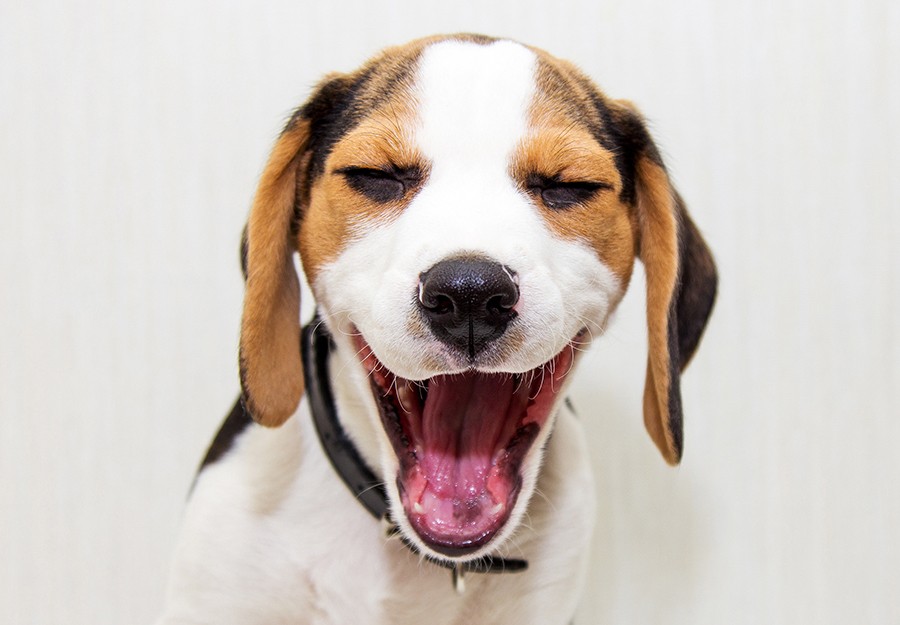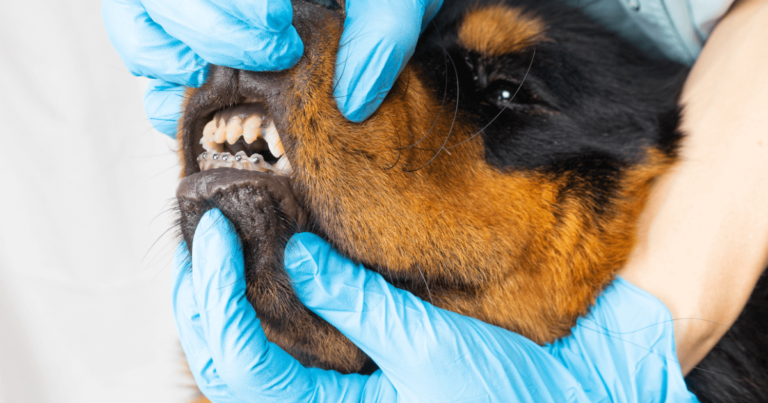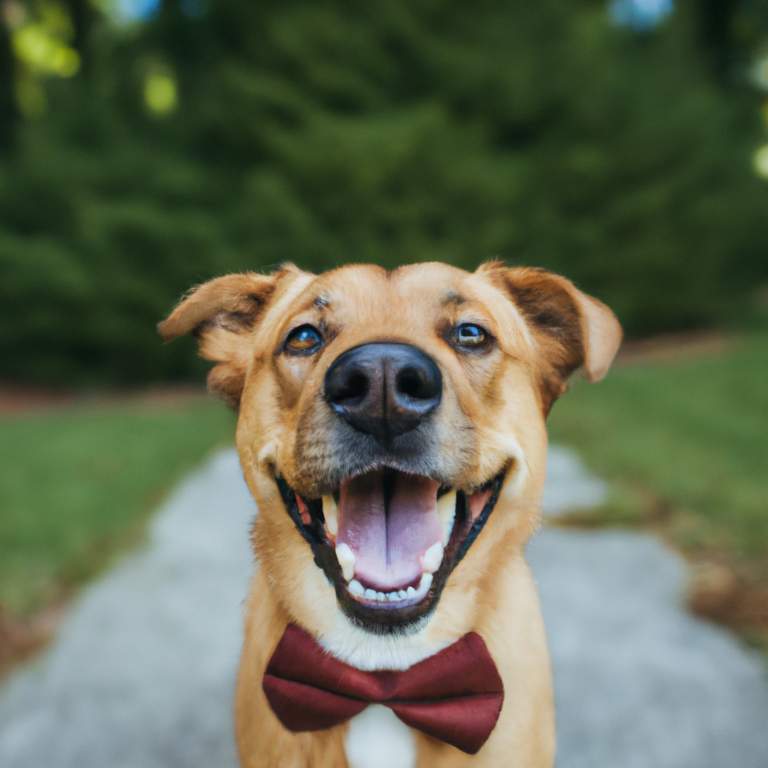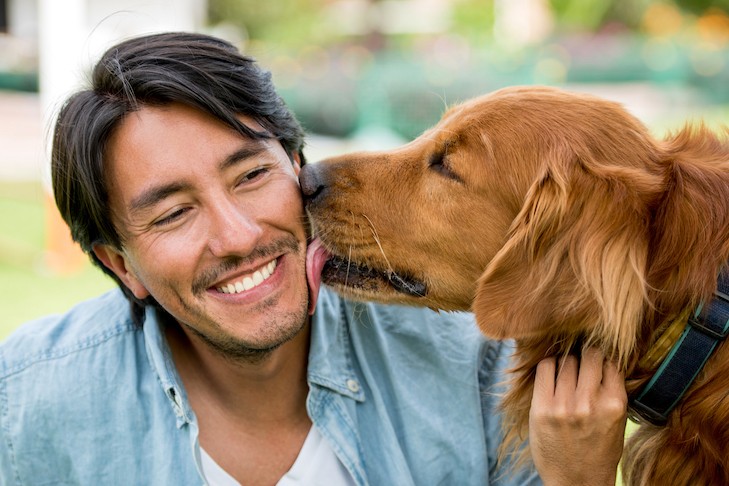Caring for a Dog with No Teeth: Gentle Tips for Feeding, Comfort & Happiness
Can Dogs Eat Without Teeth?
Absolutely. While they may not chew like before, dogs use their tongue and gums to mash soft food against the roof of their mouth. With a little adjustment, eating can still be easy and enjoyable.
“My senior Yorkie lost all her teeth by age 12,” says Jenna, a dog mom from Ohio. “I switched to warmed-up wet food and now she finishes every bowl with a happy little dance.”
What to Feed a Dog with No Teeth
The biggest shift you’ll make is in your dog’s diet. Hard kibble is out—but there are plenty of nutritious, delicious options that are safe and easy to eat.
✅ Best Soft Foods for Toothless Dogs
- Wet canned dog food – Look for high-protein, grain-free formulas designed for seniors.
- Homemade stews – Gently cooked chicken, rice, and carrots are easy on the gums and tummy.
- Soaked kibble – Add warm water or broth to kibble until it turns into a mushy texture.
- Refrigerated fresh food – Brands like The Farmer’s Dog or Ollie offer soft, vet-formulated meals.
Pro tip: Serve food at room temperature or slightly warmed. Cold food can be uncomfortable for dogs with sensitive mouths.

Homemade Food for Dogs with No Teeth
If you prefer making meals at home, keep it simple and soft. A typical homemade recipe might include:
- Boiled ground turkey or shredded chicken
- Steamed sweet potatoes or pumpkin
- Plain white rice or oats
Mash or puree the mixture so it’s spoonable. Avoid any bones, chunks, or hard vegetables that might be hard to gum down.
How to Feed a Toothless Dog
Feeding time might need a few changes. Here are some gentle tips:
- Use a shallow dish or raised bowl for easy licking access.
- Feed in small portions to prevent choking.
- Monitor for signs of fatigue or messiness—they may need help finishing.
Some dogs, especially older ones, enjoy hand feeding or being spoon-fed. Take your time. The goal is comfort and connection, not speed.
Are There Safe Toys for Dogs with No Teeth?
Yes! Play is still important for stimulation, bonding, and mental health—even without teeth.
🧸 Best Toys for Toothless Dogs
- Plush squeaky toys – Soft and satisfying, they’re great for gentle chewing.
- Rubber chew toys – Look for “gentle” or “puppy” labeled rubber toys.
- Treat-dispensing toys – Use soft treats or frozen peanut butter for enrichment.
“My Chihuahua lost her last molar last year,” says dog trainer Matt S. “But she still plays tug with a soft bunny toy every day.”
Toothless Dog Safety Tips
Without teeth, your dog might be more prone to choking or gulping food. Here’s how to keep them safe:
- Cut food into small, soft portions.
- Stay close during mealtime.
- Use slow-feeder bowls if they rush their food.
Also, remember to keep up with regular vet visits. Gums can still develop issues like infections or irritation, and regular checks can help you spot trouble early.
Emotional Support for Your Dog
Dogs adjust surprisingly well to life without teeth, but some may seem timid at first. Offer reassurance, keep their routine predictable, and provide lots of praise, love, and gentle affection.
It’s also okay to feel emotional as a pet parent—watching your dog age can be bittersweet. But remember: losing teeth doesn’t mean losing joy. Your pup can still enjoy treats, cuddles, and play. You’re just helping them do it in a way that’s safe and comfortable.
Final Thoughts
Caring for a dog with no teeth isn’t just about soft food—it’s about adapting with love. With some thoughtful changes, your pup can continue living their best, tail-wagging life.
So go ahead—spoon up that soft stew, toss that squeaky toy, and enjoy every moment. Your toothless wonder is still your best friend.
“`







